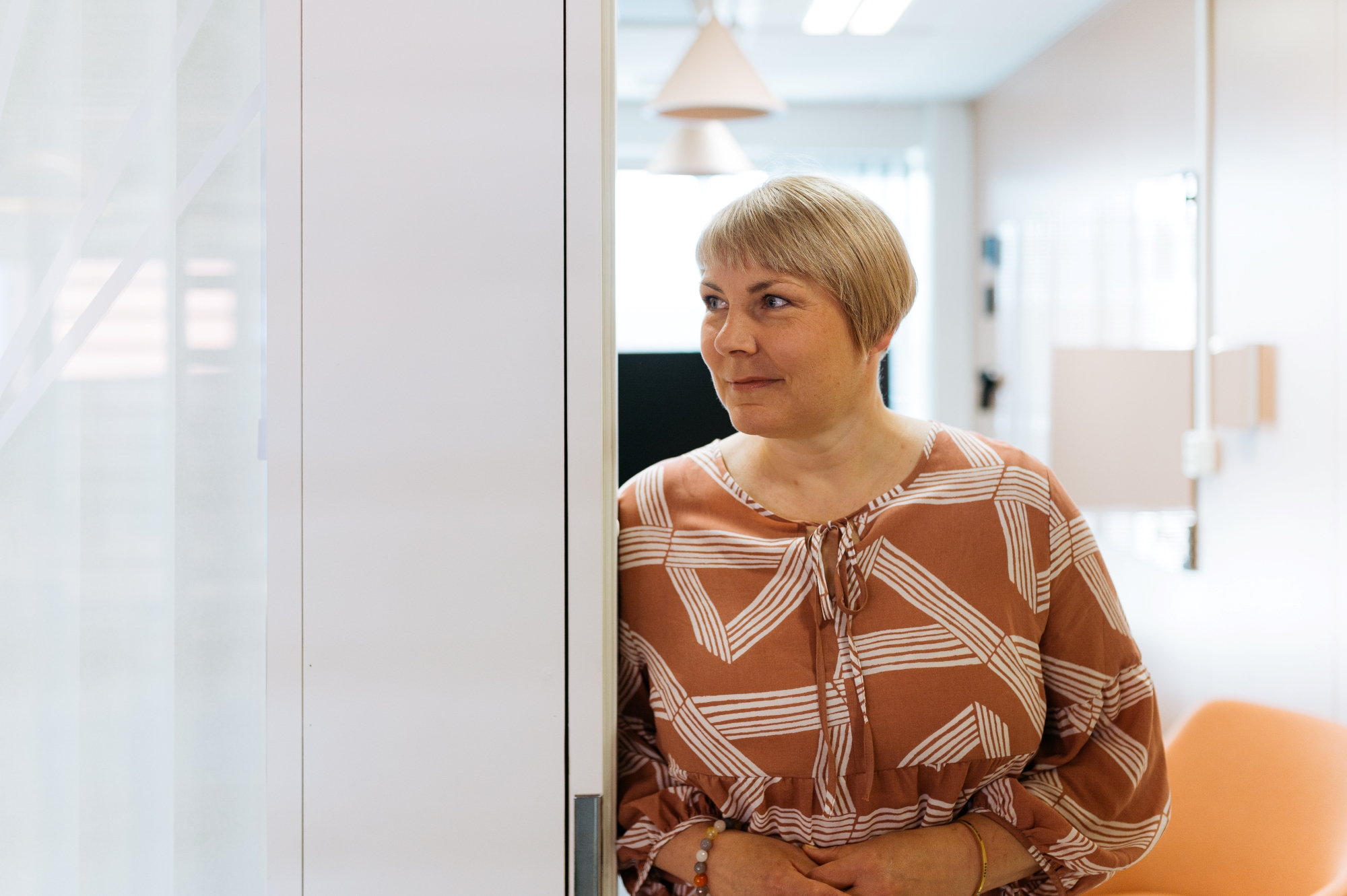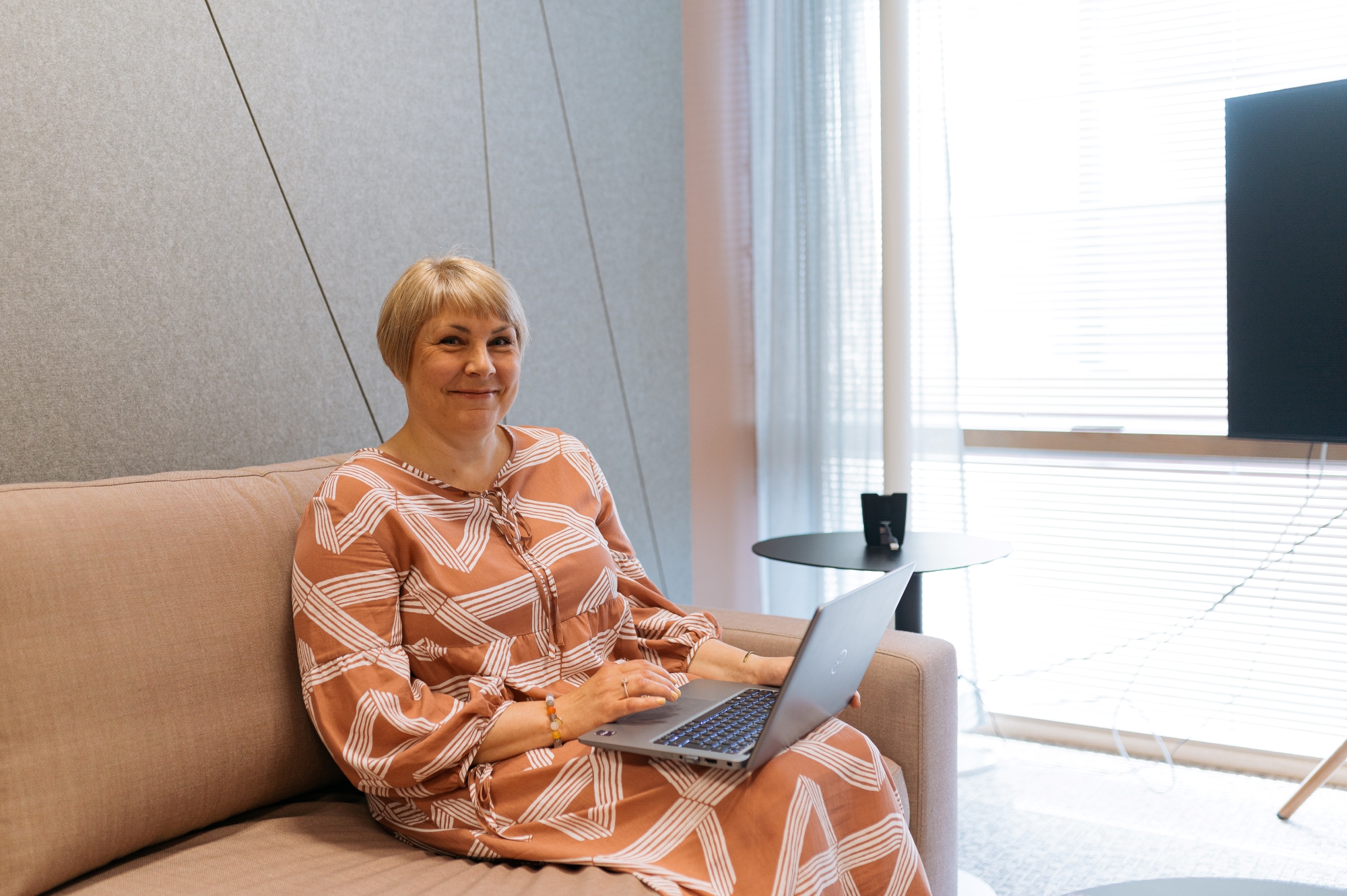Only safe final disposal is possible
How to ensure that spent nuclear fuel can be safely transported from the interim storage for spent fuel to the encapsulation plant, placed in the final disposal canister and then emplaced in the underground deposition hole? The fuel must not sustain any impacts or damage during its journey either.

Mari Lahti, Nuclear Safety Manager at Posiva, is in charge of ascertaining that this is accomplished.
- It is my job to verify safety during operation, i.e., exactly what is described above. Once the fuel has been safely emplaced in the deposition hole, it then falls under the domain of long-term safety.
According to Lahti, the efforts designed to ensure nuclear safety start already during the design and construction of the final disposal solution.
- Nuclear and radiation safety must be secured and implemented to a sufficient standard. Training must also be provided and procedures defined to the responsible operators. And this is controlled and monitored. Self-monitoring is indeed an important vision for Posiva, i.e., the company’s own responsibility for nuclear and radiation safety.
Role of forerunner is a challenge
What is the most challenging aspect in the work of Nuclear Safety Manager? After all, Posiva is about to start something that has never been done by anybody else in the world.
- True, the most challenging aspects are the things we must do without any prior experience. For example, the spent fuel will come into contact with air in the fuel handling cell for the first time after a period of 40 years of cooling underwater. Even though criticality safety and the sufficient removal of residual heat, for example, have been verified and everything takes place within thick radiation shield walls, there are still plenty of details to consider, Lahti describes.
One such detail is how to verify that the fuel element currently handled is the correct one and of correct size. It must not be damaged in the fuel handling cell as it is transferred under remote control from the transport cask to the drying station while also ensuring that it is properly aligned with and placed in the inner canister.
- All the different phases involve elements and risks that need to be considered. How will we act in the fuel handling cell should anything go wrong? Once the spent fuel is already inside the canister, the situation becomes easier, as the sealed canister in itself protects the fuel from external hazards and the environment from radiation. The radiation level on the canister surface is only about one hundredth part of the radiation measured on the surface of the fuel element.
According to Lahti, after the canister has been emplaced in bentonite clay inside the deposition hole and the hole has been closed, the radiation level on top of the hole has decreased to the normal background radiation level.

Also theoretical issues must be analysed
Mari Lahti assures that even in the worst-case scenarios, Posiva would not cause major emissions or a severe accident. However, due to licensing requirements, also theoretical issues need to be analysed that could possibly occur perhaps once in a thousand years or even less frequently.
- Before final disposal, it has to be verified that the radioactive materials will, without fail, remain inside the canister for a long time. This means the canister must not be dropped, dented, or knocked over.
In another analysed scenario, the fuel transport casks falls from its highest position in the reception hall.
-This might result in a minor emission. Particulate substances would in that case be filtered into the high-efficiency particulate air (HEPA) ventilation filter system, but a minor release of noble gases into the exhaust air could be possible. The consequences to the near environment of the encapsulation plant, however, would even over a longer period time remain considerably below the regulatory limits, Mari Lahti concludes.
Posiva is about to become the first in the world to start the final disposal of spent nuclear fuel in mid-2020s. The installation of equipment in the encapsulation plant and the underground repository is almost complete. The rest of the spring and the summer of 2024 will be characterised by commissioning processes and testing.
The Trial Run of Final Disposal (TRFD) is scheduled to start in August to test the entire final disposal process without actual fuel. TRFD is to be wrapped up in January 2025. The Radiation and Nuclear Safety Authority of Finland (STUK) has promised to issue their statement on the operating licence by the end of the year 2024.
Mari Lahti
- MSc (Eng), applied geophysics
- Started in 2007 as geophysicist at Posiva
- 2011 Safety Engineer, Posiva
- 2016 Nuclear Safety Manager, Posiva
Interests
- Long walks
- Yoga
- Cinema
Text: Pasi Tuohimaa, photo: Tapani Karjanlahti
Share